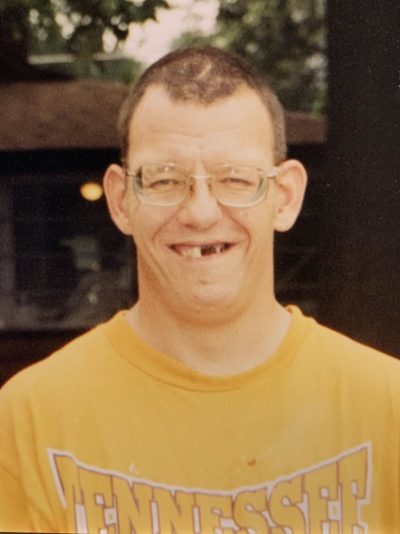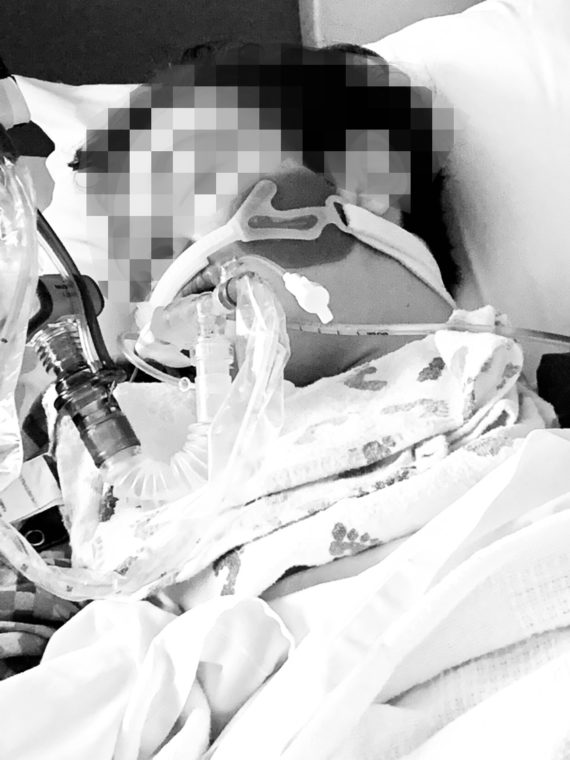
Photo courtesy of Slate.
(1-20-20) “I know he’s innocent,” Bryan Stevenson, the author of Just Mercy and real life star behind the movie by the same name, assured me when we first talked in 1991.
This was before Stevenson was famous – when he was in the midst of trying to prove that Walter “Johnny D.” McMillian, an African American death row inmate in Alabama was innocent of murdering a white teenager in Monroeville, the town that Harper Lee used as her inspiration for the classic, To Kill A Mockingbird.
My good friend, Walt Harrington, had urged me to call Stevenson after I mentioned my interest in writing a book about the death penalty. Harrington was among the first journalists to “discover” Stevenson, years before he began receiving international attention (appearing on Oprah and Ellen) for his tireless efforts to save children and adults sentenced to death. [Read Harrington’s story about Stevenson here.]
I warned Stevenson that if I investigated Johnny D.’s case and felt he was guilty, I’d write that. Without hesitation, Stevenson invited me to Alabama.
During the next three years, I interviewed eye-witnesses, followed Stevenson’s legal fight and did my best to discover the truth about who had murdered Ronda Morrison, a white teen found dead in a main street laundry on a busy Saturday morning.
My account, Circumstantial Evidence: Death, Life, and Justice in a Southern Town, published in 1995, won a Robert F. Kennedy Book Award and an Edgar for Best Fact Crime Book. 
So let me share my thoughts about Just Mercy, the movie, and additional information you might find interesting after watching it.





